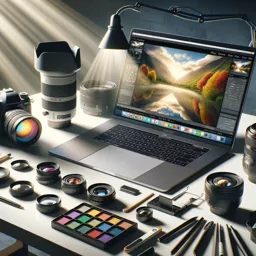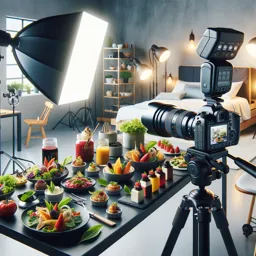Introduction to Architectural Photography
Architectural photography is a captivating genre that celebrates the art and design of buildings, interior spaces, and urban landscapes. Unlike general photography, it requires a keen eye for structure, an understanding of form, and a unique blend of technical and creative skills.
Understanding Light and Shadow
One of the most critical elements in architectural photography is the play of light and shadow. Natural light can dramatically alter how a building’s details are perceived, highlighting textures or emphasizing the geometry of a space. Golden hour—the time shortly after sunrise or before sunset—often provides the soft, diffused light that can transform ordinary structures into visually striking subjects.
Choosing the Right Gear
While architectural photography can be attempted with various types of cameras, a wide-angle lens is often preferred. It captures more of the scene while helping to showcase the grand scale of buildings. Tripods are another essential piece of equipment, ensuring sharp images especially in low-light situations or when employing long exposures.
Finding Compelling Angles
Perspective plays a big role in architectural photography. Try shooting from low angles to accentuate height or capture unique details by framing your shot through gateways and arches. Exploring both interior and exterior perspectives will help tell a more complete story of the structure.
Incorporating People and the Environment
Including people in your architectural shots can add a sense of scale and narrative. Consider also how the building sits within its environment: capturing surrounding gardens, plazas, or cityscapes can give context and meaning to your images.
Editing and Post-Processing
Post-processing is the final step to make architectural photos shine. Correcting perspective distortions, adjusting brightness and contrast, and enhancing colors can reveal the architect’s vision while maintaining authenticity. Aim for clean lines and balanced compositions during post-processing to highlight the structure’s design.
Tips for Getting Started
- Scout locations at different times of day to understand lighting.
- Bringing a polarizing filter can help reduce reflections and enhance skies.
- Always respect property rights and shoot from public spaces or with proper permits when necessary.
Conclusion
Architectural photography offers endless opportunities to combine art, design, and storytelling. By understanding the techniques and paying attention to details, you can create compelling images that honor both architecture and photography itself.
































